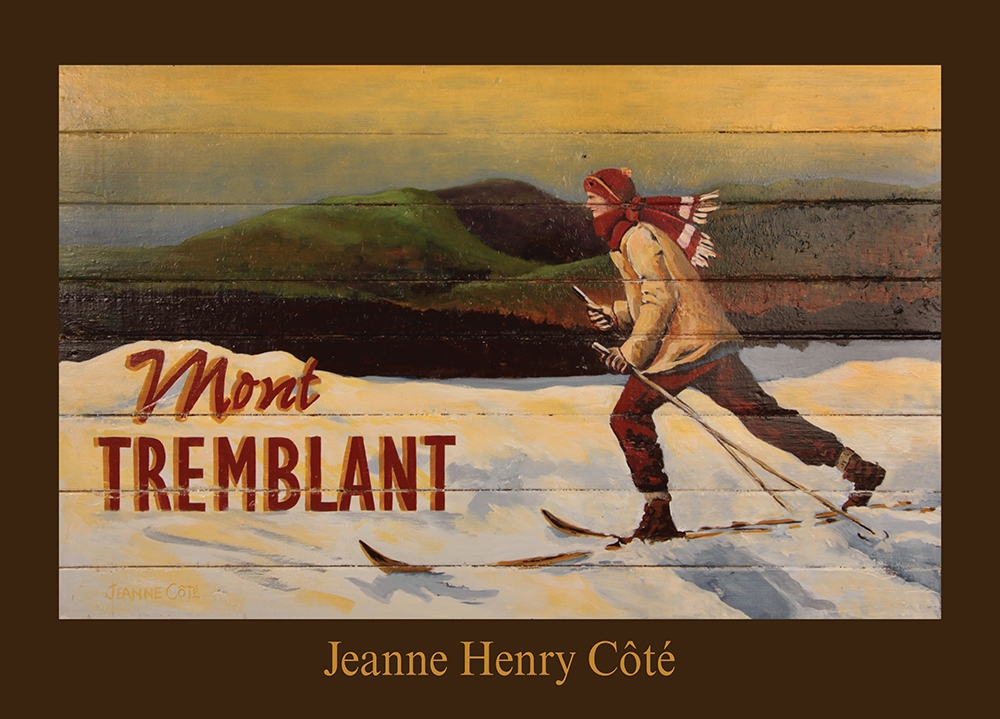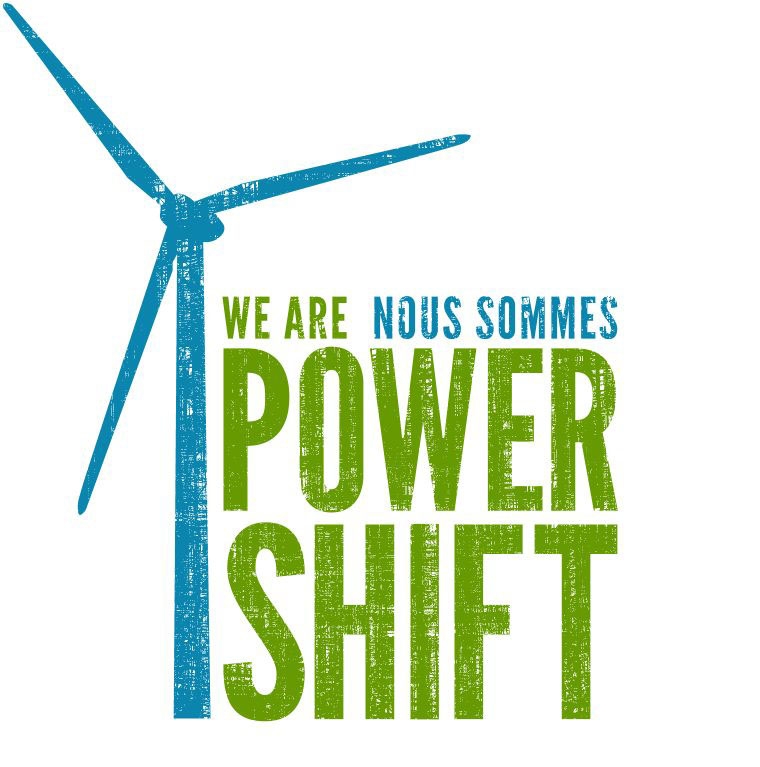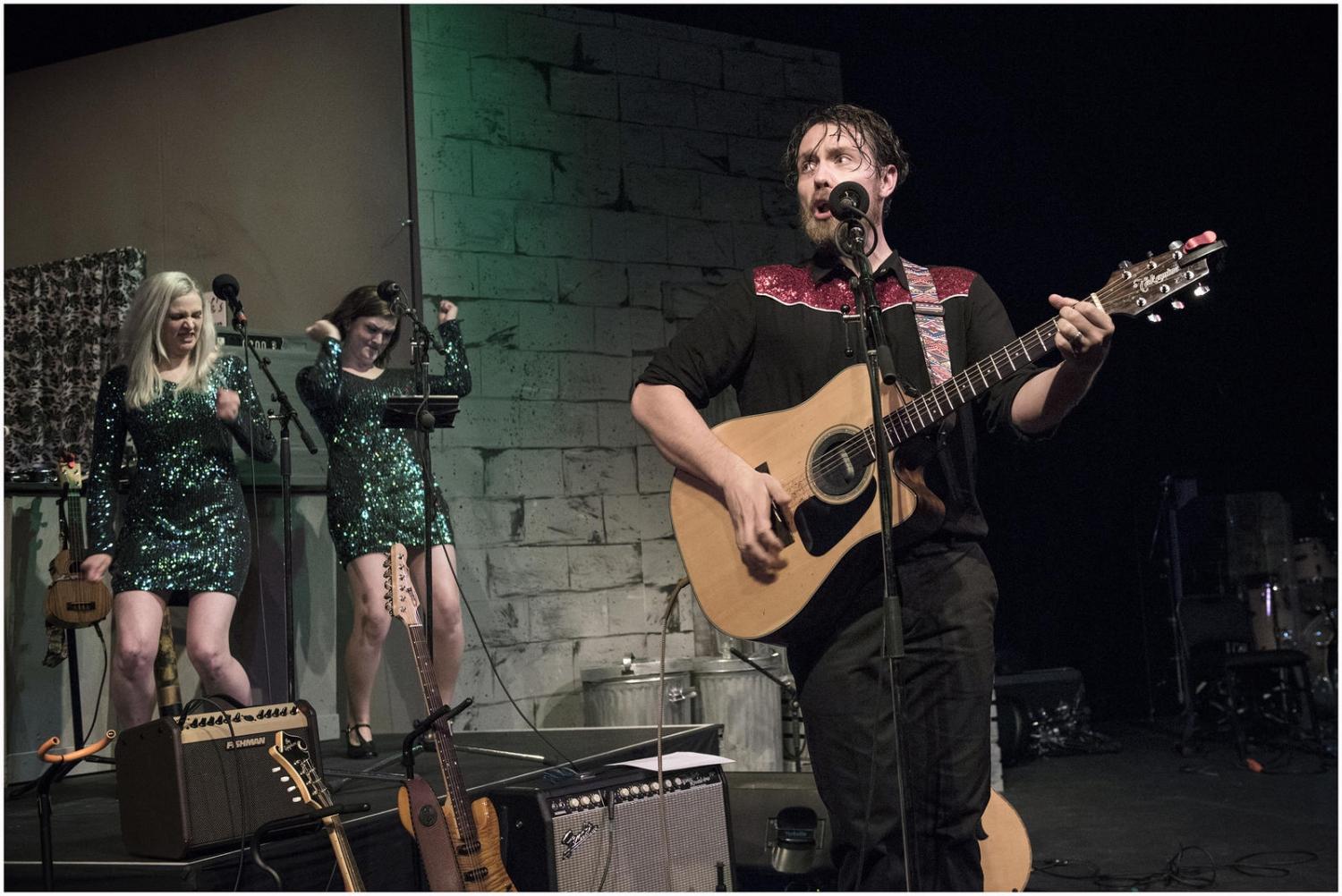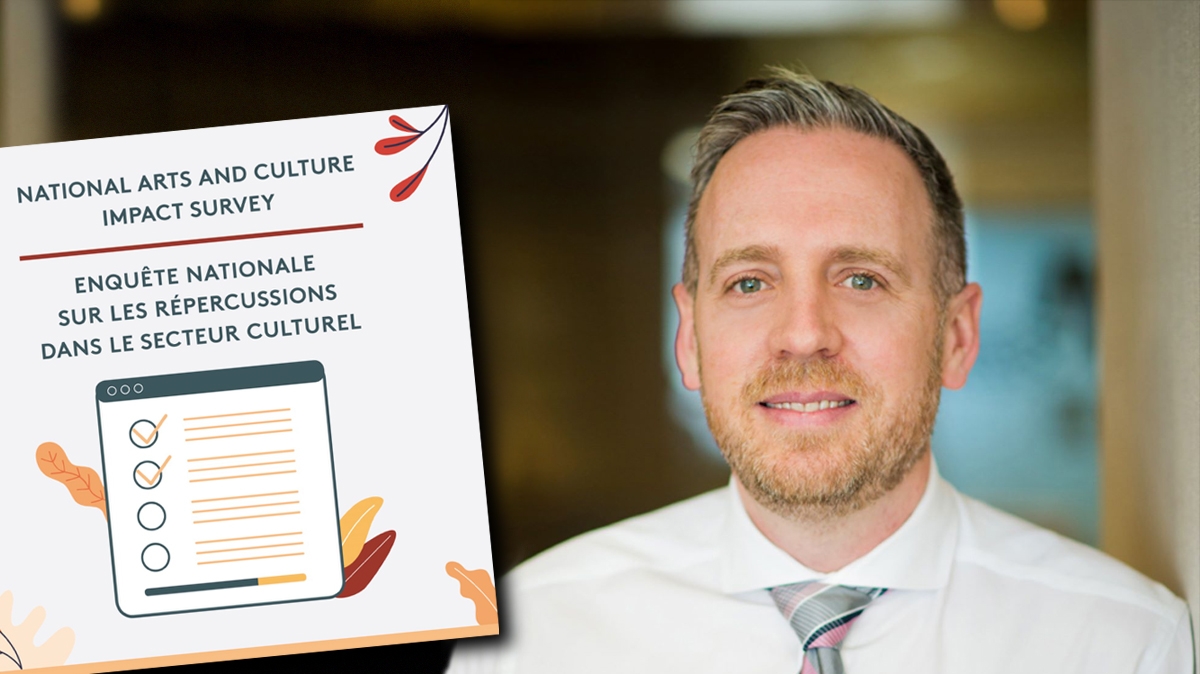
The arts community in Canada is taking stock
ABOVE: Nicholas Borodenko’s firm PRA Inc. analyzed the data from the National Arts and Culture Impact Survey.
There’s a palpable angst in the arts community and the elephant in the room is seemingly here to stay.
For another while anyways.
So what does this mean for culture in Canada?
And what about locally?
Prognostication is a risky business even in the best of times, but it’s perhaps wise to reflect upon where we’ve been to help determine where we’re headed.
Enter the National Arts and Culture Impact Survey.
Commissioned by Orchestras Canada and involving the feedback of 1,273 individuals and 728 arts organizations from various regions in the country, the National Arts and Culture Impact Survey (NACIS) offers telling insights into a sector in peril.
The individuals and organizations that responded ranged from crafters and painters to dance schools and writer collectives.
PRA Inc., an independent research firm based in Winnipeg and Ottawa, conducted the survey in November 2020, analyzed the data and published the reports in February.
“The big takeaways were that for those who were eligible (for government support), uptake was fairly high, but I think in most cases the comments that were received were really about understanding the programs and or the programs understanding them,” Nicholas Borodenko, partner with PRA Inc., said. “On the organization side, there were lots of examples of how they’re funded, so often they’re funded by various other types of government and so they didn’t qualify for a lot of these subsidies because their money was already coming from other grants.”
Borodenko noted the arts organizations that had closed prior to November were likely underrepresented in the survey by a significant degree.
“There was a lot of conversation around the fact that a lot of groups, a lot of individuals fell through a lot of the cracks,” he said. “Depending on how artists were getting paid, artists talked about the fact that many of them take their money in unique ways, they’re not necessarily an employee and how you go about calculating to say well what is my lost income.”

ABOVE: Blanche Israël is a project manager for the National Arts and Culture Impact Survey.
The unconventional nature of arts work was also something observed by Blanche Israël, a project manager for the NACIS with Orchestras Canada.
“Because of the way that the arts is structured, depending whether folks are employees of their arts organization or simply independent contractors which sometimes comes down to a technicality, they might be eligible to keep their job because of a wage subsidy or they might not be eligible and have to take the CERB, or now the CRB,” she said. “The CERB was great at the beginning and really was a nice cushion, but at this point it’s not what it was for those first months whereas the wage subsidy continues on.”
And while livestreaming has become the new normal for some, feedback from the NACIS indicates that not all art forms translate to the plethora of platforms found in the digital space.
Can you imagine trying to practice for and then perform a 50 person choral recital over Zoom?
“I’m involved in livestream technical support as well with my business and it is a really big barrier for a lot of arts organizations and they find themselves competing now in a space that is international instead of what for many of them is usually a local space,” Israël said. “The local orchestra, let’s say, is not used to having as a direct competitor the Berlin Philharmonic and that is a concern that comes up a lot.”
COVID-19 has had a complicating effect on all facets of life.

ABOVE: Jamie Kwong is executive director of the Ottawa Music Industry Coalition. (PHOTO: LUKE BARRY)
According to the survey, arts organizations were fairly optimistic about their future in the arts despite not being optimistic about the future of the arts sector as a whole. The story for individuals was much more dire: by November, one in four artists and arts workers were out of work.
For Jamie Kwong, executive director of the Ottawa Music Industry Coalition (OMIC), the NACIS ultimately serves as yet another way to draw attention to what’s been happening.
“There’s been so many surveys last year and I think they’re so important because a lot of policy decisions will come out of it and I think it feeds into the advocacy efforts in a very important way,” she said. “All these different organizations have had their input and this is kind of how we move it forward because that’s the only way government listens, if there’s that pressure and that connection.”
Kwong views the relationships the coalition has with its municipal and provincial partners as being vital to the exchange of knowledge in reaction to COVID-19.
And it goes both ways.
“Our role at the municipal level has been gathering information, disseminating it but bringing a feedback loop back to the city and I’ve found that the city has been really open to listening to us and hearing from us and making us a partner in things,” the executive director said.
As there were limited opportunities for musical performance this past year, Kwong envisioned creating a platform to showcase those artists and groups who were recipients of the Ottawa Music Development Fund.
She credits the city’s support for the launching of OMIC’s Encore Ottawa on Rogers TV, a live concert series that has witnessed 16 performances recorded to date with an additional 24 tapings to be filmed at the Shenkman Arts Centre in May.
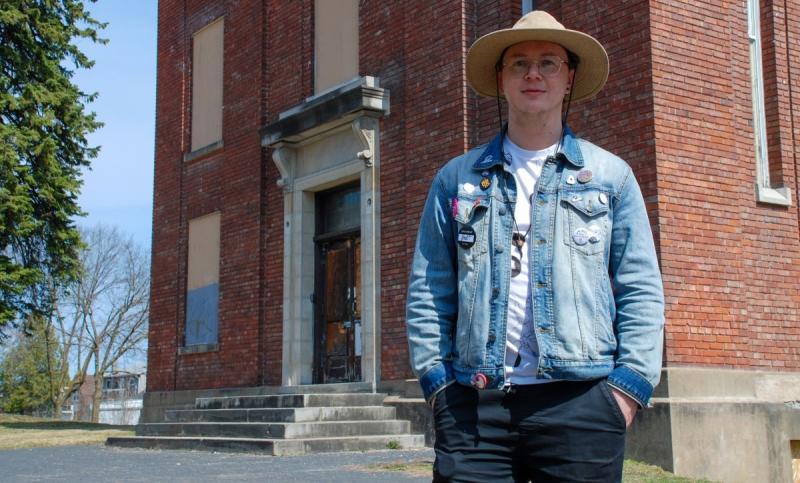
ABOVE: Scott Simpson is one of the co-founders of Le Pressoir, an indie arts and culture media outlet. (PHOTO: LUKE BARRY)
“None of the (NACIS) findings were particularly surprising to me, but they did at least reconfirm what I was noticing,” Le Pressoir’s Scott Simpson said. “I’m glad that there’s a tool out there now that explains those things because then that does offer a jumping point especially in the form of when you’re looking at the answers, both on the individual and organization side, about how maybe not a majority but at least 50 per cent of the people and organizations feel ill equipped and lacking knowledge and lacking capacity to pivot towards what the government programs are asking them to do.”
Simpson is one of the co-founders of Le Pressoir, an indie arts and culture media outlet catering to Francophones and Francophiles in the Ottawa-Gatineau region.
In his opinion, the pandemic presented an opportunity to recalibrate the way support systems operate in this country.
“I feel like this could have been a really good opportunity to maybe flip the way that they work,” he said. “Yes, people were very thankful for the government programs, but we also see that the government programs do the mistake of always starting from the institution and then working its way down towards artists and organizations instead of going to those artists and organizations and validating what the needs are and then creating programs that are in response to that.
“That’s why I feel there’s a missed opportunity in that we’ve noticed all these inequalities and yet we haven’t adjusted any of our programs to address those.”
It will be interesting to see if a recent call published in The Globe and Mail by the country’s largest municipal arts councils for a universal basic income for artists resonates in the upcoming federal budget set for April 19.
Allowing people to do productive, creative, contributing work that is not well rewarded by the capitalist system would be quite the societal pivot.
That said, the idea might very well catch on considering 77 per cent of delegates of the Liberal’s most recent party policy convention voted in favour of a resolution for a universal basic income program.
Other numbers are pertinent as well.
In the 2016 census, there were more Canadians who identified as artists than there were people employed in the nation’s car manufacturing industry.
During the auto industry crisis of 2008-2010, the federal government alongside the provincial government of Ontario fumed and fussed but eventually funneled billions into the sector under pressure from corporations and workers.
And just this week Air Canada landed a $5.9 billion aid package courtesy the federal government’s Large Employer Emergency Financing Facility program.
There is no precedent for COVID-19, however if one believes the best way to predict future behaviour is by looking at past behaviour, it stands to reason that the modern transfer of taxpayer’s dollars back into the taxpayer's wallets is here to stay.
Again, for another while anyways.
Perhaps now is the time to reimagine what’s possible and fundamentally contemplate what to place value on in society.
Should we strive to go back to the way things were or do we try to move forward?
While finding that pivot has been rewarding for some and flummoxing for many, we know universal basic income is something numerous countries around the globe have been experimenting with for some time.
Much remains to be seen, but we know one thing: history cannot be written without the arts.

